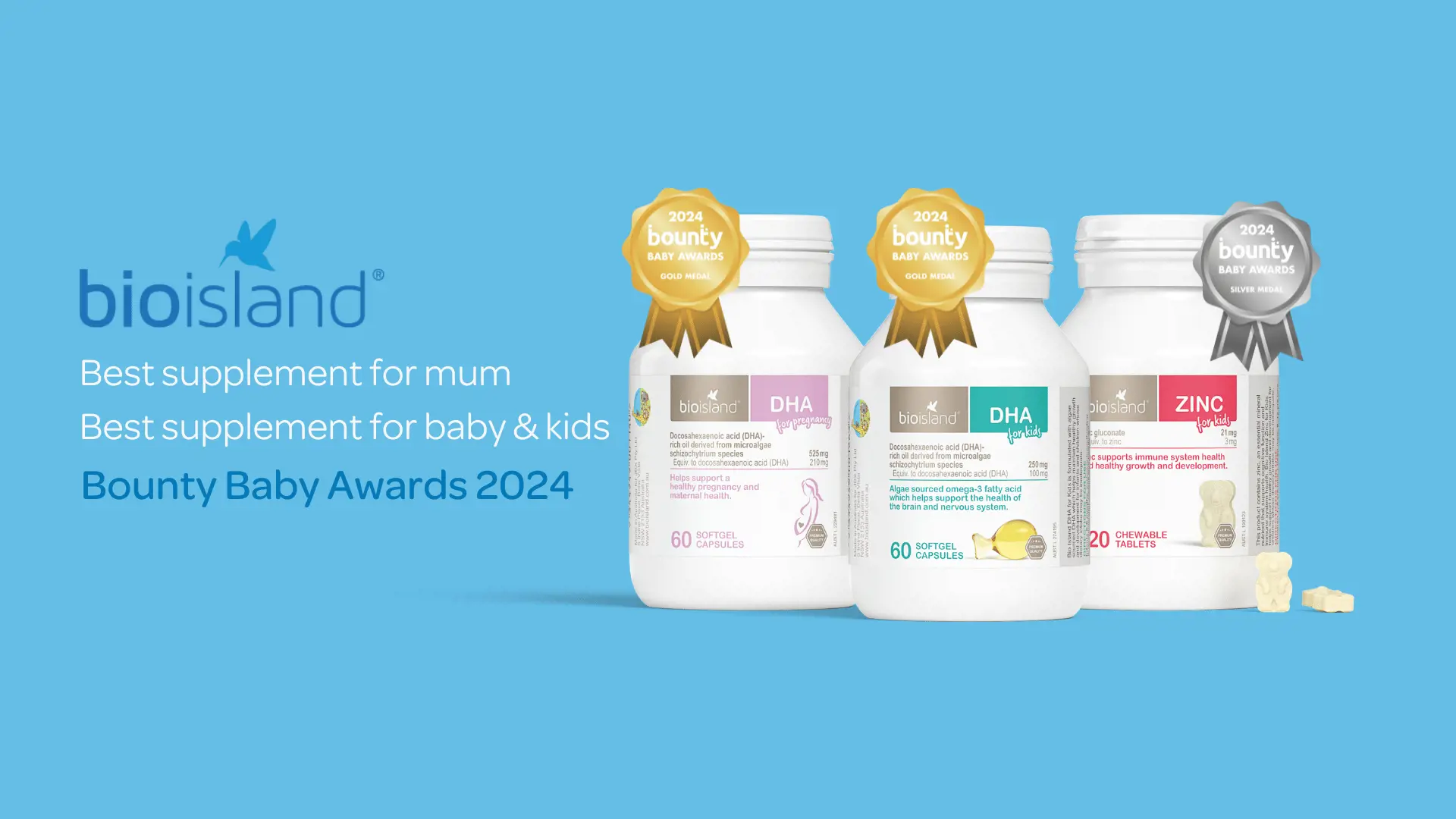
The stages of brain development from infants to teens
The first five years of a child’s life are the most important when it comes to brain development.
Child & Baby Health
By Bio Island Nutrition Team
The first five years of a child’s life are the most important when it comes to brain development. These years are without a doubt the most formative in a child’s life and can have great impact on a child’s ability to learn throughout life.
Physically, when a baby is born, their brain has developed in size at about 25% of the average adult brain. Throughout the first year their brain will have double in size and by the time they start school by age 5 their brain is about 90% grown.
Our brains are the control centre within the body. The brain cells and neurons that we are born with are with us for our whole life. During early childhood, the connections between these cells and neurons and the brain are formed and allows us to be able to think, move and communicate. These connections are developed through everyday life experiences and interactions.
There are five stages of brain development starting from in the womb during pregnancy and continuing throughout to our later years in life.
Stage 1: 0-10 months (pregnancy)
- Rapid growth of neurons and connections. Neurons are often referred to as brain cells and are the main components of the brain and spinal cords.
- Pregnant women should avoid alcohol, cigarettes, drugs, and stress and ensure sufficient intake of folic acid and vitamins B6 and B12.
Stage 2: Birth – 6 years
- Another period of rapid neuron and synapses formation occurs in the first few years of life. Synapses are structures that allow messages to transmit between neurons.
- Between the ages of 2 and 3, the brain has grown to about 80% of its adult size.
- By age 3, a toddler has around 1000 trillion brain connections or synapses. This is far more than the number they require however it will allow them to learn things quickly.
- Brain development can be influenced by the environment. Synapses are strengthened the more they are used or engaged.
Stage 3: 7-22 years
- By adolescence, synapses have reduced to 500 trillion via a process called pruning where unused connections are eliminated.
- Teenage years are usually associated with increased novelty seeking, increased risk taking and social changes. However, this is the time where the prefrontal cortex of the brain is maturing. As this part of the brain is involved in the control of decision making and impulses it is important to teach teenagers to control irrational and reckless behaviour by avoiding alcohol, drugs and cigarettes.
The last two stages occur between 23-65 years and then from 65 years onwards. These are the years when brain functionality starts to decrease so it is important to remain mentally activity, learn new things and skills, eat healthy and exercise.






